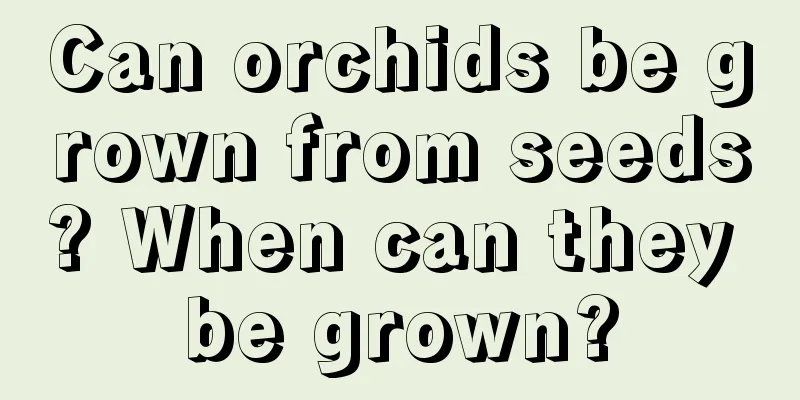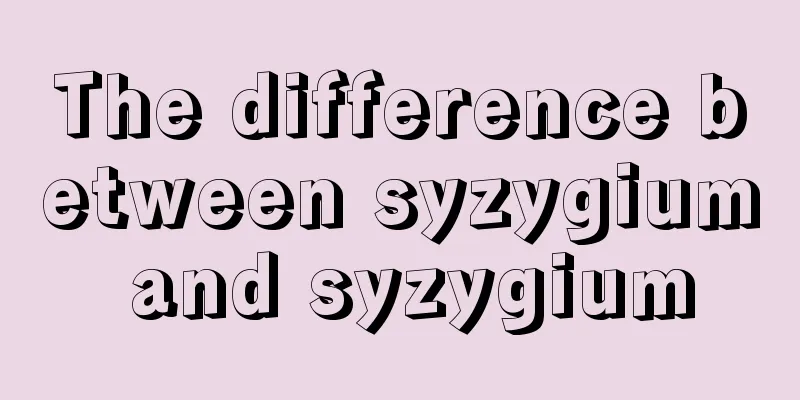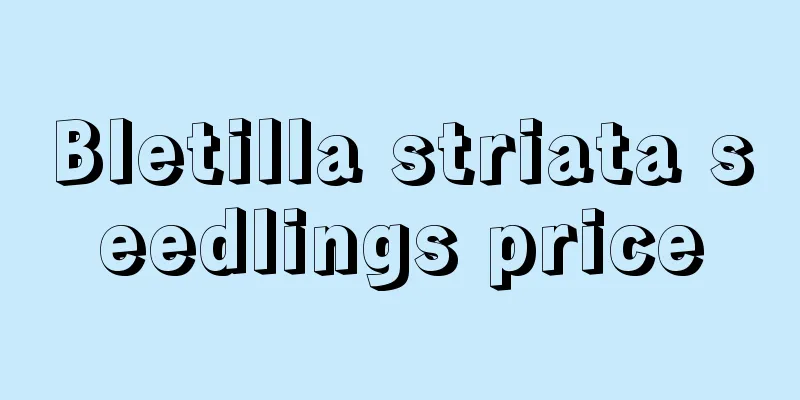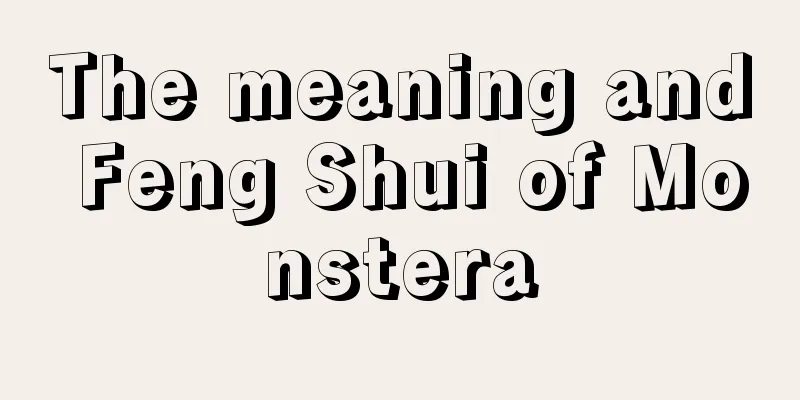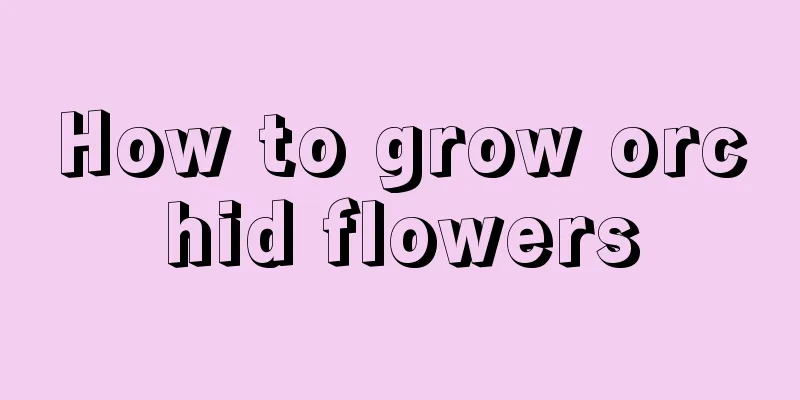The difference between jasmine and forsythia
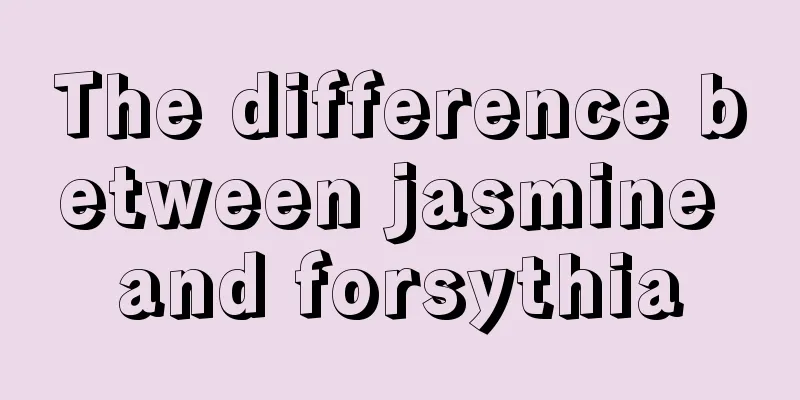
1. Difference of bladesThe leaves of Forsythia are opposite, trifoliate, and the leaflets are ovate or elliptical with curled edges. The midrib is slightly concave on the upper side and convex on the lower side. The terminal leaflets are larger, about 1-3 cm long and 0.3-1.1 cm wide. It has hair on both sides when it is young, but only eyelashes on the leaf margins when it is old. The leaves of Forsythia are simple or 3-lobed to trifoliate, ovate or broadly ovate, wider than the former, about 2-10 cm long, 1.5-5 cm wide, with serrated edges and glabrous on both sides. 2. Differences in corollaForsythia grows solitarily in the leaf axils of last year's branchlets. The bracts are lanceolate, ovate or elliptical, the calyx is slight, the corolla is yellow, and the corolla tube has 5-6 lobes, which are oblong or elliptical. The flowering period is June. Forsythia flowers are usually solitary or 2 to several are grown in the leaf axils. The corolla is yellow and the lobes are obovate-oblong or oblong. The flowering period is March-April. |
<<: The difference between Dianthus barbatus and Dianthus
>>: Differences between hibiscus and hibiscus
Recommend
Can mangosteen shells be used as fertilizer? Does it need to be fermented?
Mangosteen shell fertilizer contains very rich in...
How to maintain the eternal youth
1. Suitable temperature Dieffenbachia is afraid o...
How to propagate the seeds of wealth
1. Seed propagation 1. Seed selection: The most i...
What kind of soil is suitable for planting lotus root potted plants?
Lotus root is an aquatic plant, and the flowers i...
The value of yellow rose
The ornamental value of yellow rose Rosa rugosa i...
How to grow hydroponic plants more vigorously
Hydroponics is a new type of indoor soilless cult...
What are the minefields of flower cultivation?
1. Be careful with flowers that have strong fragr...
How to save seeds of sunflowers
How to get sunflower seeds The sunflower belongs ...
How to prune the roots of the Master Succulent
The roots of the Master Succulent need to be trim...
Difference between pepper and Sichuan pepper
1. Leaf Difference Pepper leaves are thick, nearl...
Causes and treatments of yellow leaves of desert rose
1. Insufficient light 1. Reason: The growth of de...
Does leek like water or drought?
Do leeks prefer moisture or drought? Newly plante...
Can I plant a grapefruit tree in front of my door?
Can I plant a grapefruit tree in front of my door...
Cultivation methods and precautions of copper coin grass
1. Flower soil The pennywort is suitable for grow...
Is Golden Edge Tiger Pilan poisonous?
1. Is it toxic? The answer is no, it can be place...


